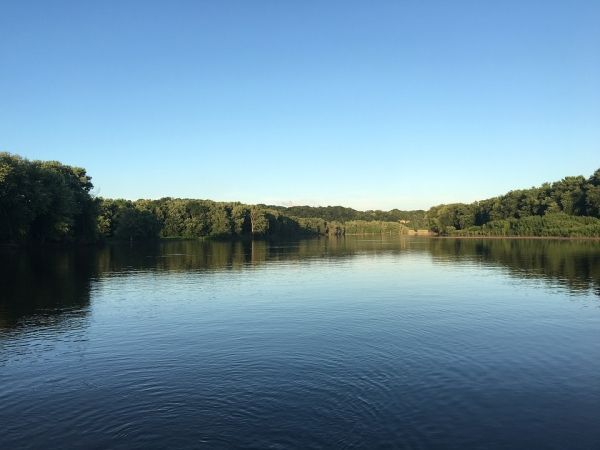In “Atchafalaya,” John McPhee’s essay in the 1989 book The Control of Nature, the author chronicles efforts by the U.S. Army Corps of Engineers to prevent the Atchafalaya River from changing the course of the Mississippi River where they diverge, due to the Atchafalaya’s steeper gradient and more direct route to the gulf. McPhee’s classic essay proved inspirational to John Shaw, an assistant professor of geosciences who called it “a foundational text.”
Indeed, his latest work adds to the story.
In a recent paper published in the American Geophysical Union’s journal, Water Resources Research, Shaw and his fellow researchers, Kashauna G. Mason, Hongbo Ma and Gordon W. McClain III, examine the critical period before the decision was made in 1950 to create a river control system at the junction of the two rivers to get a clearer understanding of the rivers’ natural state – and how regulation might be fine-tuned moving forward to preserve Louisiana coastlands.
The paper, Influences on Discharge Partitioning on a Large River Delta: Case Study of the Mississippi-Atchafalaya Diversion, 1926–1950, seeks to resolve lingering questions about the rate at which the Atchafalaya River captured water from the Mississippi River and the degree to which it would have changed the course of the river.
Read more at University of Arkansas
Photo Credit: benmurray via Pixabay


